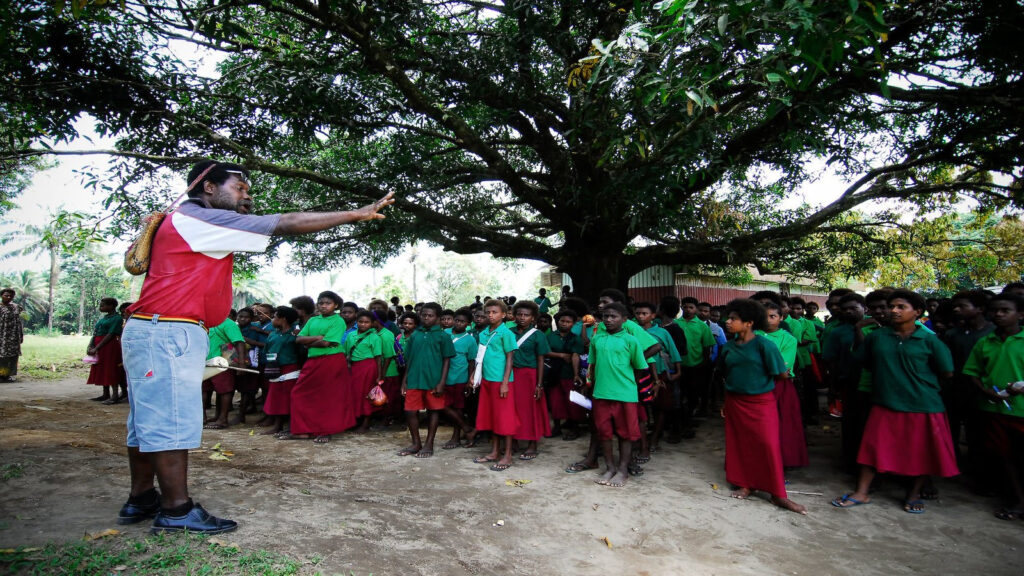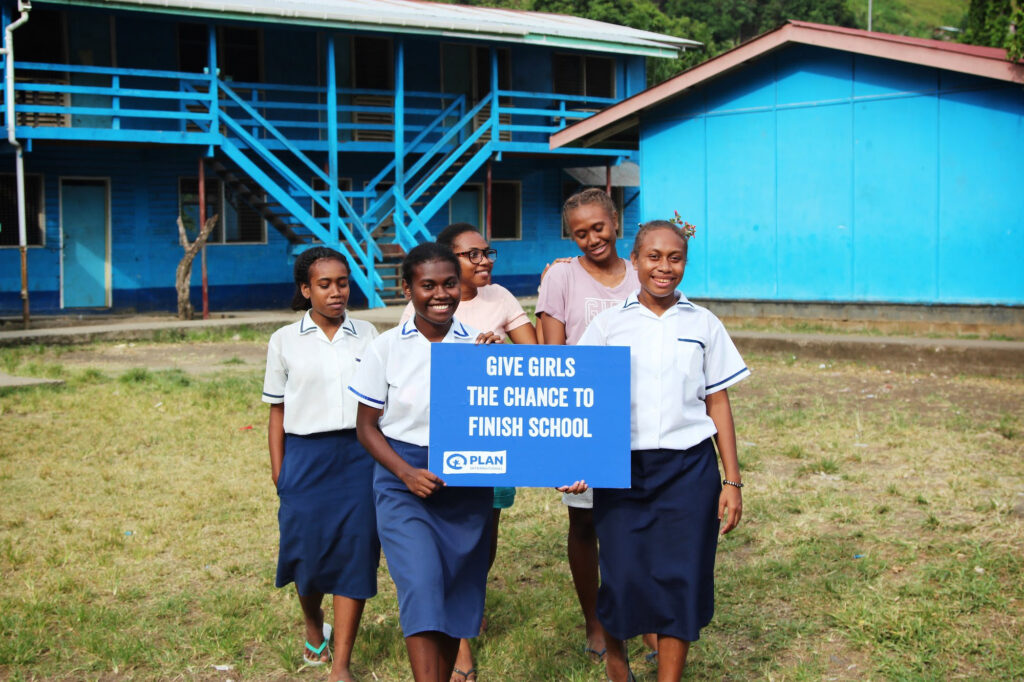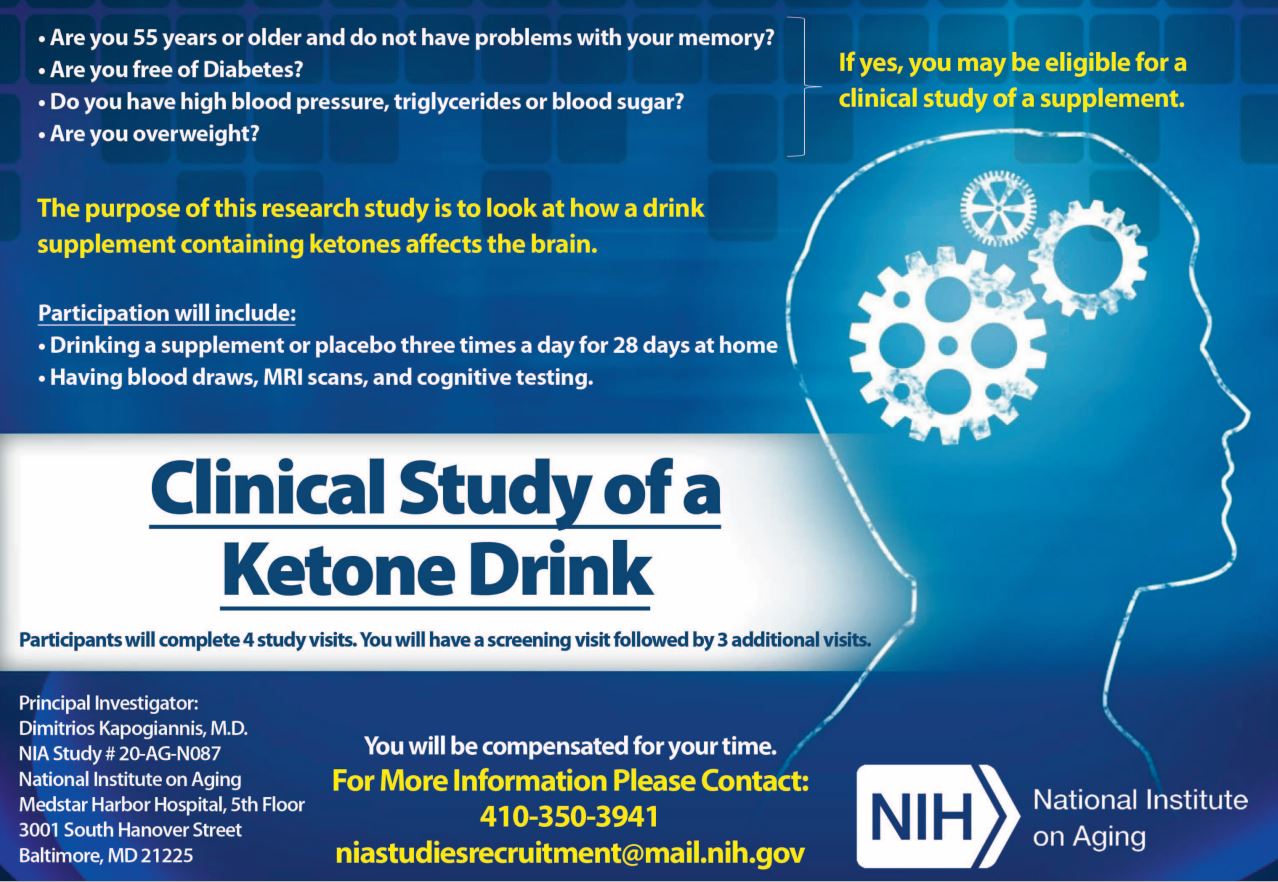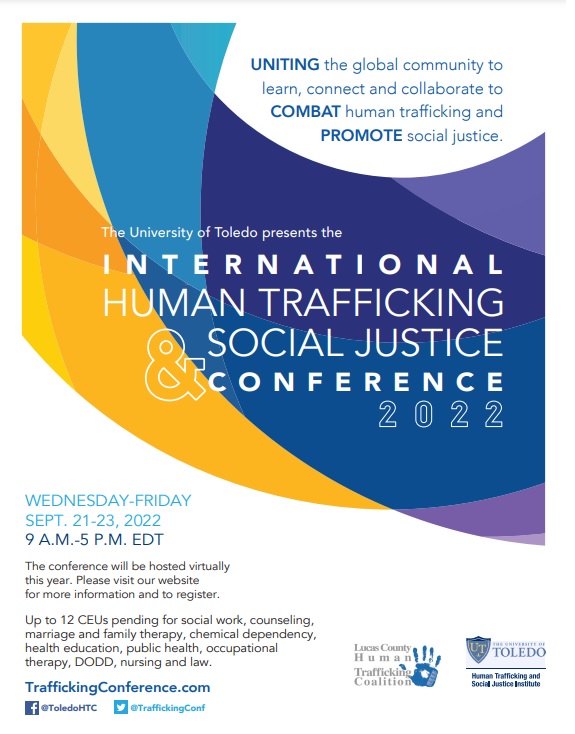6 Devastating Facts About Inequalities Affecting Adolescent Girls Throughout Oceania
Empower girls, uplift entire communities.

Throughout Oceania — a region comprising the Pacific, Australia and New Zealand — harmful gender stereotypes mean adolescent girls are often systematically oppressed by violence and discrimination, which can have major flow-on effects on their health and education.
Below, we look at just some of the devastating inequalities facing girls aged 10 through 18 in the region.
1. Just 7% of Girls Complete Secondary School in the Solomon Islands
Just 7 in 100 girls complete secondary school in the Solomon Islands, with aid agency Plan International citing poverty, discrimination, school fees and pregnancy as leading barriers to education throughout the Pacific nation. “Teenage girls have told us they aren’t valued in the same ways as boys,” Plan International’s Policy and Advocacy Advisor Kate Phillips previously told Global Citizen. “Their value is primarily seen in housekeeping and being a housewife and mother.”

2. In the Asia and Pacific Region, 23 Million Adolescents Are Currently Married or in Union
Almost 25 million people aged between 15 and 19 are currently married or in an early union throughout the region, according to the United Nations’ Population Fund. Over 80% of that figure are adolescent girls — representing 1 in 8 late teenagers throughout the region — compared to just 1 in 50 boys.
3. 59% of First Nations Australian Girls Don’t Attend Secondary School Consistently
The health, education and well-being gap between Aboriginal and Torres Strait Islander adolescent girls and their non-Indigenous counterparts in Australia remains significant. The 2019 Closing the Gap report shows that school attendance between Indigenous and non-Indigenous students widens to a gap of 14 percentage points when students reach secondary school, against 8 points for primary school.
The report reveals almost 60% of Indigenous adolescent girls do not attend secondary school on a consistent basis.
“Levels of consistent attendance are lower among Indigenous students — just under half of all Indigenous students attended school 90% or more of the time, compared with 77% of non-Indigenous students,” the report states. “This leaves a gap in the level of consistent school attendance of around 28 percentage points.”
4. Pacific Girls Are 1.8 Times Less Likely to Own a Phone With Internet Access Than Boys
Adolescent girls in the Pacific face a variety of challenges accessing education as a result of their gender. According to Pacific Women, girls in the region have considerably less access to boys when it comes to online learning options, an issue that had a profound implication on graduation rates amid pandemic-related lockdowns and school closures.
The organisation revealed that boys are estimated to be 1.8 times more likely to own a phone to access the internet than girls.
“Prolonged school closures and economic recession due to the COVID-19 pandemic lowers girls’ ability to pursue further training and education and increases the potential for early and unwanted pregnancy, early and forced marriage and sexual exploitation,” Pacific Women explained.
In 2020, as COVID-19 ravaged the globe, 6,000 students in Papua New Guinea failed high school, a 50% increase from 2019.
5. Pregnancies Among Teenagers in Tonga Continues to Rise, Nation Has Highest Mortality Rate in Pacific
Pregnancies among adolescent girls — the vast majority of which are unplanned — has increased significantly throughout the highly religious nation. A 2021 report cited conservative social attitudes and ignorance about contraception throughout the kingdom as key contributing factors. In addition, Tonga — where abortion is illegal — is the only country in the Pacific that has not signed nor ratified the Convention on the Elimination of all Forms of Discrimination Against Women.
6. Domestic Work Has Increased for Girls at a Much Higher Rate Than Boys Since the Pandemic Began
Save the Children recently surveyed 37 countries, including those within the Asia-Pacific region, and found that household chores had increased by 63% for girls since early 2020, compared with less than 50% for boys. Over half of the surveyed girls also revealed the time spent looking after siblings had increased, against 42% of boys.
Further, 1 in 5 girls reported having too many chores to do to be able to learn, compared with 10% of boys.







